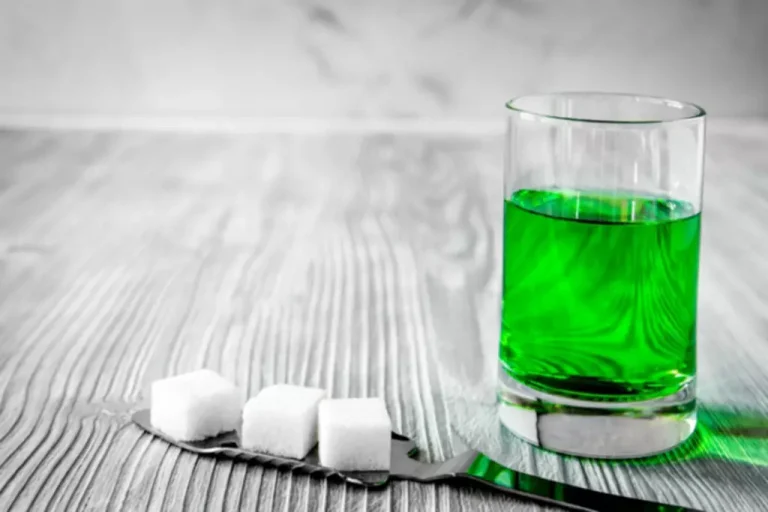Sober living
Is a drinking addiction psychological or physical?

In adolescent male animals, both short- and long-term alcohol administration suppresses testosterone; alcohol use also alters growth hormone levels, the effects of which differ with age. Following the New Zealand Health Promotion Agency guidelines 13, HED was defined as four or more (for female respondents) or five or more standard drinks (10 g of pure alcohol; for male respondents) on the days physiological dependence on alcohol that the respondent drank in the past four weeks. For HED and frequent drinking, those not currently drinking were assigned a zero and were included in the analyses.

Drug dependence is not addiction—and it matters
In animal models, alcohol administration was shown to promote β-endorphin release in regions of the brain that are involved in reward.38 Relief of the tonic inhibiting effects of GABA neurons by β-endorphins in the VTA promotes dopaminergic signaling from this area of the brain to the NAc. Although approved pharmacologic treatment options for patients with AUD are limited in number, recent trials describe a host of alternative approaches to reducing alcohol consumption. These include the use of antipsychotics, antidepressants, anticonvulsants, and others, under the rationale that these drugs target the neurotransmitter systems that have been shown to undergo changes with chronic exposure to alcohol.
Alcohol Dependence, Withdrawal, and Relapse
The recovery process for individuals who have developed substance use disorders to these substances should be strictly monitored by a physician or psychiatrist who specializes in addiction medicine to identify any potential seizure activity and immediately address it. Anticonvulsants are used for seizure disorders and several have indications for chronic pain conditions and mood stabilization. They have a variety of mechanisms, including blockage of sodium channels, enhancing GABA, antagonizing glutamate receptors, and blocking calcium channels.
2. Gender Differences in Alcohol Drinking Measures

These regions account for approximately 40% of the New Zealand population and include rural and urban locations and a diverse mix of Māori, Pasifika, Asian, and European New Zealanders. The survey collected data from individuals aged 16 and over who were able to speak English and answer questions on a wide range of life experiences, including health risk behaviours (e.g., alcohol use), and physical and mental health outcomes. Full details of the study methods are published elsewhere 16 but are summarised here.
- The kudzu root has been historically studied for its use in alcoholism; of particular interest are the extracts of the plant.
- However, elevated liver enzymes that are markers of harm have been found in adolescents with alcohol use disorders and in overweight adolescents who consume more modest amounts of alcohol.
- Addiction treatment trials often use the Diagnostic and Statistical Manual of Mental Disorders (Text Revision), 4th edition (DSM-IV-TR) definition of alcohol use disorders (AUD abuse or dependence) to define study participants.
- Long-term goals include enduring abstinence, or consequence-free drinking of low amounts of alcohol, and supporting the patient in overcoming the mental health and social problems arising from AUD.
- These units are the smallest geographical units used by Statistics New Zealand 17.
- As a result, people who drink heavily may be at a higher risk for osteoporosis, a disease in which bone density declines.
- If it is not a prescription medication, your doctor may be able to help you reduce your use of the substance with the least side effects.
What Are the Long-Term Effects of Alcohol Use?

It could include prescription drugs, over-the-counter products, street drugs, alcohol, even nicotine. More severe alcohol-related liver disease typically reflects years of heavy alcohol use. However, elevated liver enzymes that are markers of harm have been found in adolescents with alcohol use disorders and in overweight adolescents who consume more modest amounts of alcohol. This study reports on the prevalence of alcohol use and drinking patterns using data from a large population-based New Zealand study.

Taken together, these results indicate https://ecosoberhouse.com/ that chronic alcohol exposure involving repeated withdrawal experiences exacerbates withdrawal symptoms that significantly contribute to a negative emotional state, which consequently renders dependent subjects more vulnerable to relapse. This also suggests possible changes in brain glucocorticoid pathways in humans that may increase risk of hazardous drinking. As stated earlier, alcohol consumption stimulates cortisol release; however, in response to either stress or alcohol exposure, the increase in cortisol is lower in people who binge drink or drink heavily than in those who drink moderately.

